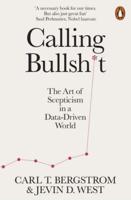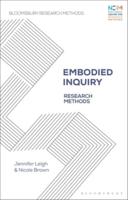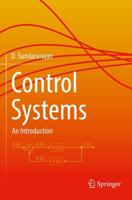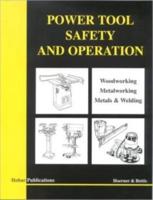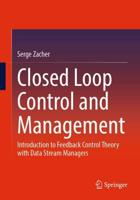Publisher's Synopsis
A return to the Moon to extend human presence, pursue scientific activities, use the Moon to prepare for future human missions to Mars, and expand Earth s economic sphere, will require investment in developing new technologies and capabilities to achieve affordable and sustainable human exploration. From the operational experience gained and lessons learned during the Apollo missions, conducting longterm operations in the lunar environment will be a particular challenge, given the difficulties presented by the unique physical properties and other characteristics of lunar regolith, including dust. The Apollo missions and other lunar explorations have identified significant lunar dust-related problems that will challenge future mission success. Comprised of regolith particles ranging in size from tens of nanometers to microns, lunar dust is a manifestation of the complex interaction of the lunar soil with multiple mechanical, electrical, and gravitational effects. The environmental and anthropogenic factors effecting the perturbation, transport, and deposition of lunar dust must be studied in order to mitigate it s potentially harmful effects on exploration systems and human explorers. The Dust Management Project (DMP) is tasked with the evaluation of lunar dust effects, assessment of the resulting risks, and development of mitigation and management strategies and technologies related to Exploration Systems architectures. To this end, the DMP supports the overall goal of the Exploration Technology Development Program (ETDP) of addressing the relevant high priority technology needs of multiple elements within the Constellation Program (CxP) and sister ETDP projects. Project scope, approach, accomplishments, summary of deliverables, and lessons learned are presented. Hyatt, Mark J. and Straka, Sharon Glenn Research Center; Goddard Space Flight Center NASA/TM-2011-217037, E-17743 WBS 936374.01.03

